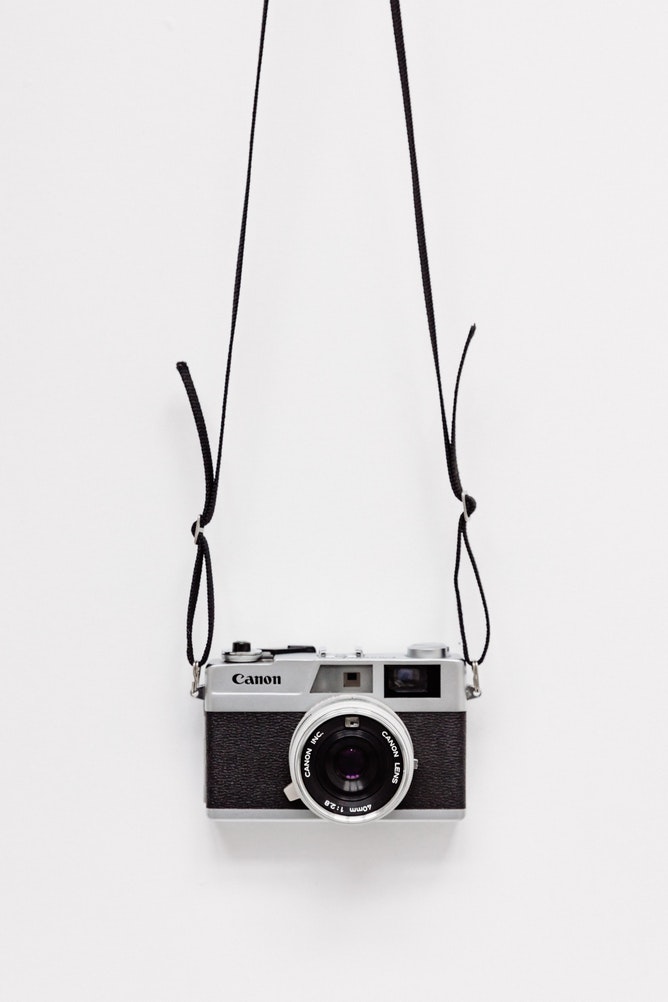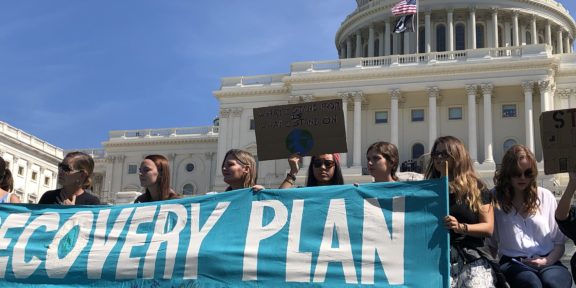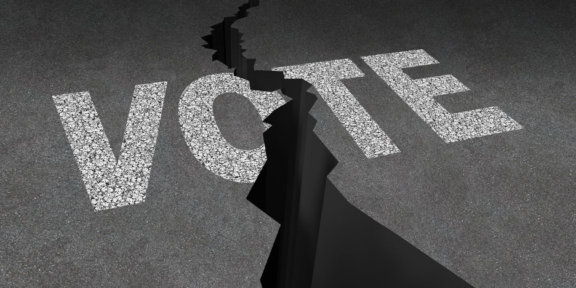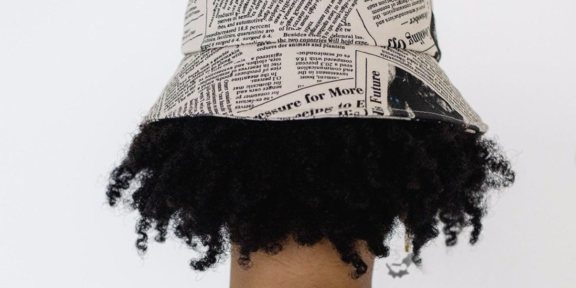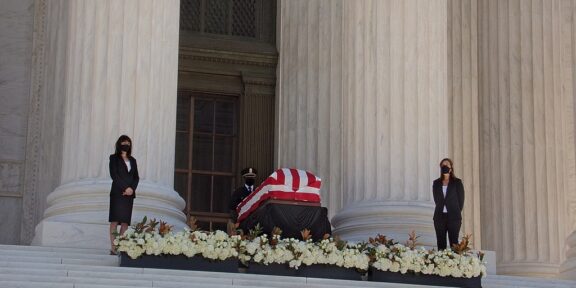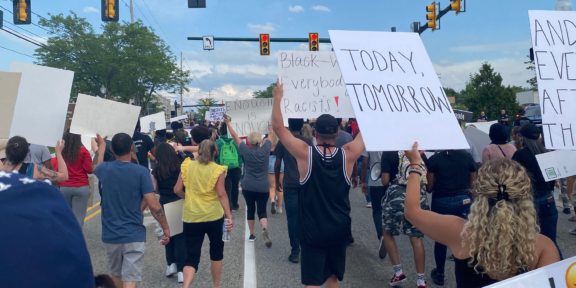By Morgan Minix, Howard University News Service
Critical Exposure, a non-profit established in 2004 with an emphasis on empowering youth in the D.C. area through photography, backs up its lofty aspirations.
With a staff of 13 and a small office in the Thurgood Marshall Center for Service, this group of young people set out to invest time and resources in the community. The non-profit purports to do so via photography. Through the Summer Youth Facilitation Institute (SYFI), fellowship and internship programs and two major fundraising events, Critical Exposure (or CE as they refer to themselves) has given over 2,500 young people hands-on training with high-end camera equipment.
The non-profit holds partnerships with several local schools and afterschool programs. The work of the students involved with these year-round and seasonal programs have an opportunity to display their work during two major events held by the program: a Spring Exhibit and a Fall Fundraiser.
“The adults really taught the young people how to be confident”, said Desmond Cole a former student in Critical Exposure and now a program associate. Cole’s first introduction to the program came in 2016 when he was a part of the internship program. During this period, he met Raven Smith, another current employee at Critical Exposure.
Together, they are two of the young employees who swear by the transformative power of the program and photography. Cole’s moment of realization came in the form of “The Superhero Myth”- the idea that no great deed can be accomplished without the assistance of others.
“Every great person has a team, Rosa Parks did not do what she did alone,” said Cole.
This guiding principle of cooperative teamwork is the anchor of this tightknit group of ambitious young people.
“I was just always around helping when they were low on staff, and they said I might as well work here,” said Smith about her employment. Both Cole and Smith have taken a hands-on role in the day-to-day operations and logistical functions of training over 138 young people on the basics of camera use. In their roles as teachers, they used the information taught to them by Critical Exposure. In this way, the program is cyclical.
Daniel Eloy, coordinates the communications for the organization.
As a photography major and social justice advocate, Eloy believes the mission of Critical Exposure, to “train D.C. youth to harness the power of photography and their own voices to fight for educational equity and social justice” perfectly aligns with their stated vision for the future.
Even with a past of raising over $500 million in additional educational funding and a yearly fundraiser, Cole, Eloy and Smith think the organization can do more.
“ I like our traveling shows and I would like to do more of them,” said Eloy. “I think we should expand into PG County and other parts of Maryland.,” said Cole. “I would like to see Critical Exposure in more partnerships,” said Smith.

